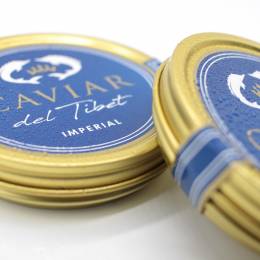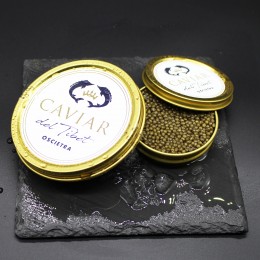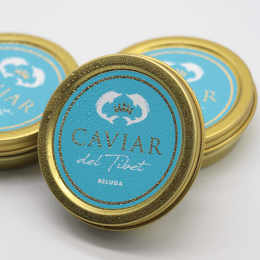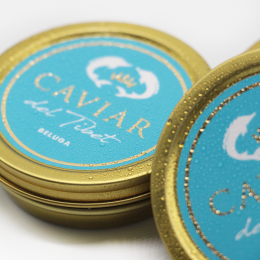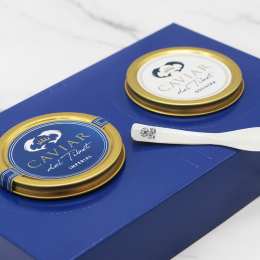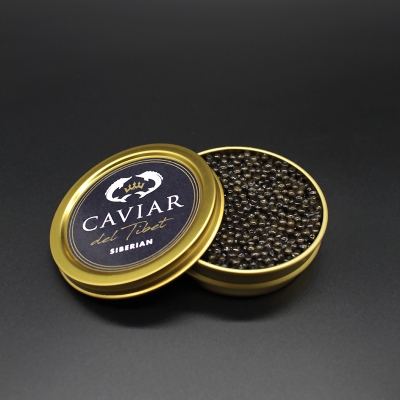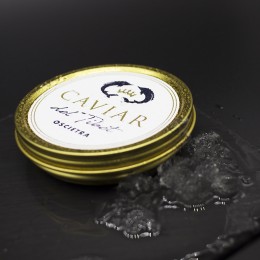Our farms are located in areas rich in fresh spring water and with a total absence of pollution. The magnificent environment and nature of the waters ensure high-quality sturgeon culture, which provides healthy and safe fish for caviar processing. The temperature of the natural waters is between 5 and 23°C. The water flows underground, pure and clean, without any kind of manipulation or industrial contamination. These waters ensure the sustainable development of this unique species.
Caviar del Tíbet production meticulously complies with traditional standards handed down by generations of master artisans and is backed by extensive research.
Caviar making is an art — from the sifting and washing process to its careful classification. And all this is done with a professional technical team and under strict quality controls in modern facilities. It’s selected according to size, colour and firmness, and is seasoned with sea salt following the traditional Iranian method, with a salinity of less than 3.5% to preserve and enhance its flavour.
Subsequently, packaging and conservation are carried out in cold rooms at temperatures of between -2 and 2°C. The final step in the process is tinning, in containers of 30, 50, 100, 250 and 500 g, which is how you’ll receive your product.
Caviar del Tíbet is tinned fresh, without any pasteurisation heat treatment. Pasteurisation extends the shelf life of the product to 5 or 6 months, but its quality and texture suffer considerably. For our product, the best-before date is approximately 50 days from packaging.

